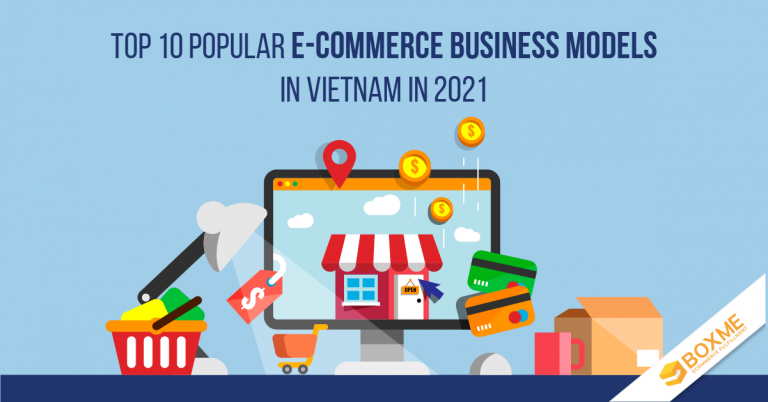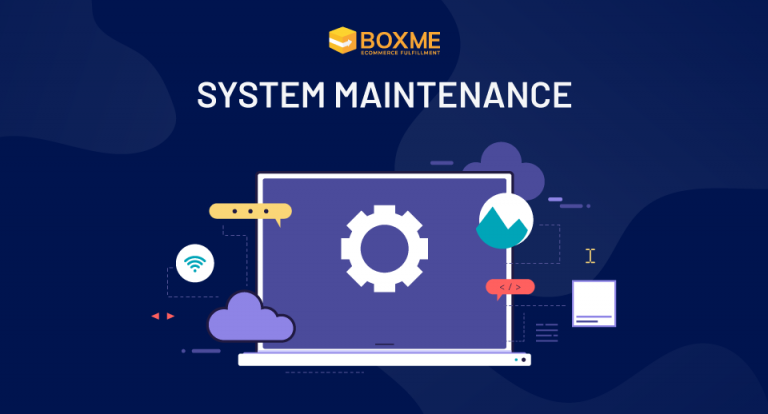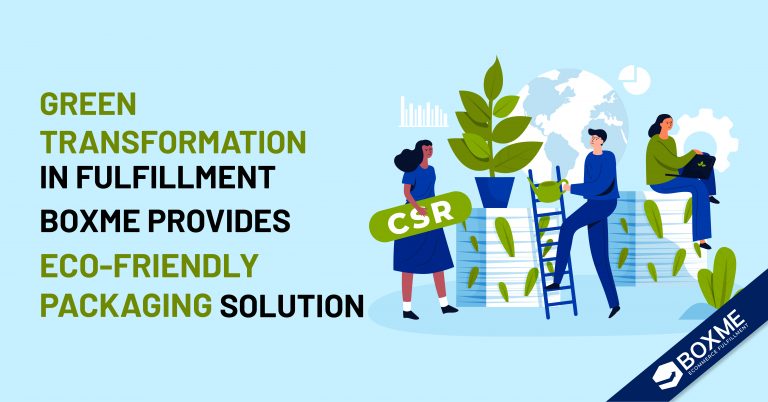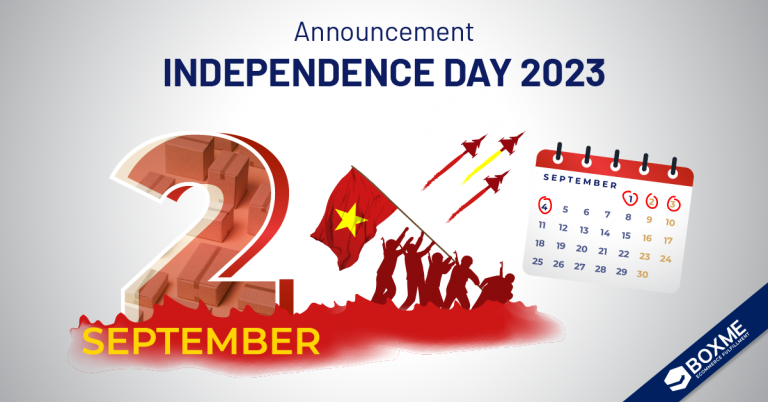E-commerce is a rising star in the Vietnam market, with an expected growth of US$9 billion by 2025 by Vietnam Briefing. Which represents significant growth and opportunities for both domestics and foreign investors.
>>Read more: The map of Vietnam Ecommerce (statistics from iPrice)
>>Read more: Vietnam eCommerce is heading for the period 2021 – 2025
>Read more: 5 things about eCommerce Vietnam 2020 you may have missed
Vietnam’s flourishing digital economy and its vibrant e-commerce space make it a conducive place to tap into new business opportunities.
Vietnam e-commerce always flourish with all types of e-commerce business models. Do you really know all fundamental E-commerce business models? Here are 10 e-commerce business models compiled by Boxme Global
B2C
B2C., is abbreviated for Business to Customers, is the type of direct eCommerce transaction between business and customers, in which services, products are sold directly to customers.
Nowadays, the B2C business model has broadened to new forms of businesses in which retailers sell products on online platforms, e-commerce marketplaces, and online websites. In short, B2C business is not limited to offline stores but in various ways selling their products, service to customers over the internet.
B2B, B2B2C
With a bigger view to maximize business opportunities and achieve extensible development, various B2B businesses decide to expand their network and partnership with dealers, VAR, wholesalers, e-commerce marketplaces,… to sell products and services.
For short, B2B2C is a business model were online, or e-commerce, businesses, and portals reach new markets and customers by partnering with consumer-oriented product and service businesses.
A business developing a product, service, or solution partners with another business to use a particular service, such as an e-commerce website, portal, or blog. The two businesses combine forces and promote mutually beneficial products, services, and/or solutions.
C2C
Customer to customer (C2C) is a business model through which 2 individuals can rade, buy, and sell items in an online environment such as websites, e-commerce marketplaces with a small commission paid to the site.
Affiliate – e-commerce business models
The affiliate revenue model is based on commissions. This model applies when individuals, influencers, celebrities, or any customers recommend products or services from a business to new customers and then reward each new one to the business.
The way the affiliate revenue model example plays out is through coded affiliate links. When someone enters a site through an affiliate link, these clicks are tracked, as are any leads and/or sales derived from these clicks.
The affiliate revenue model is a popular one because it benefits both the original seller (by extending their reach and generating new sales) and the affiliate (through commissions).
Dropship
Dropshipping is a retail fulfillment method. Furthermore, dropshipping is the most elementary form of e-commerce in which the selling merchant outsources their products to a third party to store, pack and deliver their products to the final customers.
>>Read more: How Much can You Make Dropshipping?; Real Life Stories from Successful Dropshippers
>>Read more: 13 Best Items to Dropship in 2019
>>Read more:Dropshipping Niches to Avoid for your e-Commerce Business
Private label & White – label
Contact brands/companies with products and request to make their own brands on those products and retail through available channels in the market. This e-commerce business model usually suitable for those who have existing customer files and need to Diversify products in the same niche
Subscription
When a business charges a recurring fee for its services and products, it follows a subscription model. This model, based on the idea of selling products to receive regular intervals, focuses much on customer retention over customer acquisition. Essentially, businesses using subscription models put much attention on prolonging customer’s usage of products in the long run rather than one-time off payment.
D2C/ M2C/ F2C
D2C e-commerce is when bringing products directly from the brand to the buyer, bypassing the distribution stages in the middle. Goods, when produced, will be put into the distribution process directly to buyers who have ordered through e-commerce platforms.
POD (Print-on-demand) and Personalization
POD is an e-commerce model that allows you to sell personalized products by printing your own designs such as clothes, mugs, bags, etc. The crucial thing about this model is that products will only be printed when an order is created.
>>Read more:A complete overview of Print On Demand products (Part 1)
>>Read more: A complete overview of Print On Demand products (Part 1)
Therefore, you will not need to store or own any products, not afraid of problems related to storage or inventory. Instead, all you need to do is select and sign up for a platform that allows you to go through the entire process from printing to fulfillment.
E-commerce Enabler
E-commerce enabler is a company that provides end-to-end solutions for brands to do e-commerce business. In a simple way, e-commerce enabler companies assist brands in promoting on online platforms, using digital strategy, platform optimization, order processing & fulfillment.
>>Read more: Beginners’ guide to digital marketing for E-commerce in Vietnam
>Read more: Malaysias Economic Recovery Using E-commerce

More readings?
>>Read more: The map of Vietnam Ecommerce (statistics from iPrice)
>>Read more: Finding out the most suitable E-commerce model for you
>>Read more: Who is the leading eCommerce platform in Vietnam?
About Boxme: Boxme is the premier E-commerce fulfillment network in Southeast Asia, enabling world-wide merchants to sell online into this region without needing to establish a local presence. We deliver our services by aggregating and operating a one-stop value chain of logistic professions including: International shipping, customs clearance, warehousing, connection to local marketplaces, pick and pack, last-mile delivery, local payment collection and oversea remittance.











